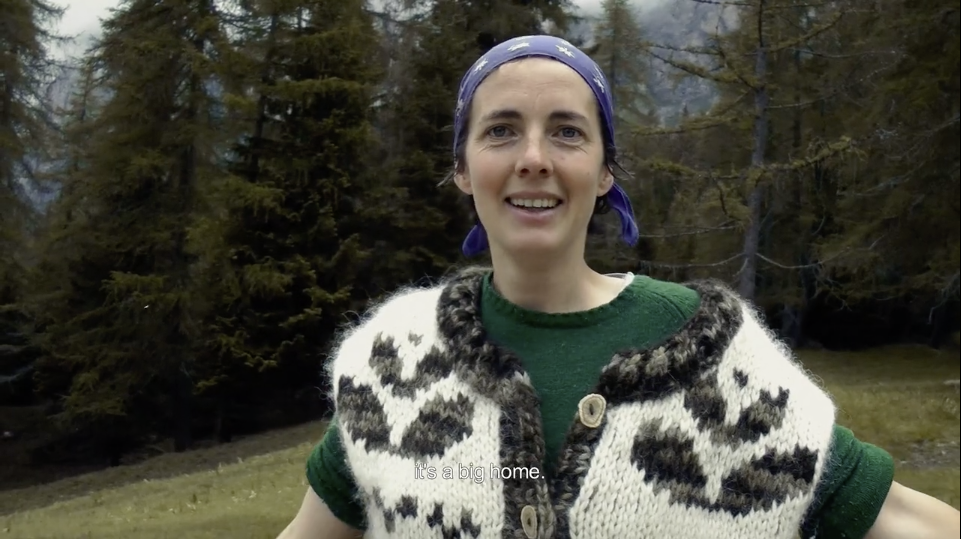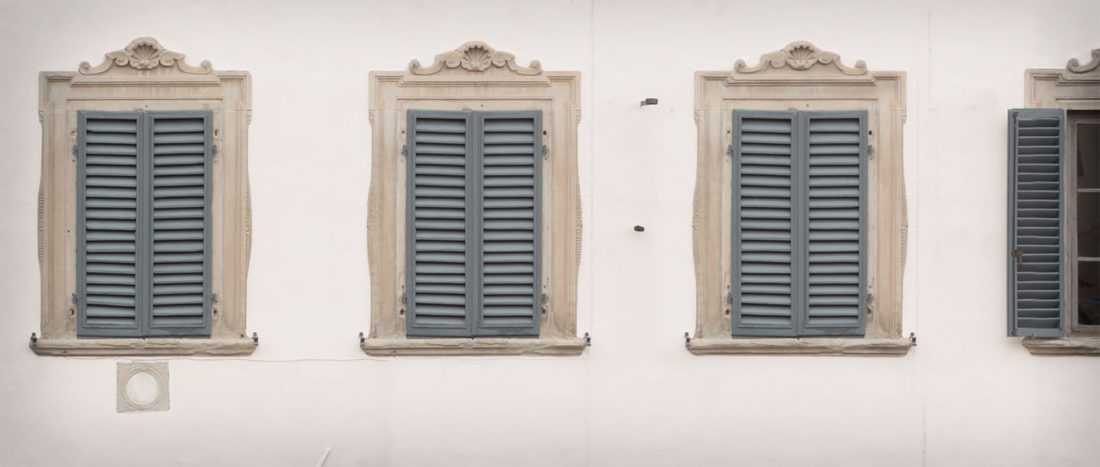June 1, 2019
In
Best Of, Live
By
Nancy
I am lucky enough to have been forwarded a link to an Italian documentary, In Questo Mondo (In This World), about women shepherds. I was transfixed for an hour and a half—caught up in the lives of these women, ranging in age from 20 to 102. Living in the most primitive of conditions, doing physically grueling labor, walking miles per day with the flocks in all types of weather, spending their time almost exclusively in the company of animals, and always being on the very edge of financial viability, these women told similar stories of rebellion, following their hearts, and finding contentment.

(photo copyright of Anna Kauber and used with permission)
The film is gorgeous, leisurely, and immersive. Watching it I felt as if I was transported as an invisible observer into these women’s worlds. I was curious about the film so I tracked down the director, Anna Kauber. She was a delight to talk to—smart, articulate, curious, sophisticated, and funny. She is an agricultural scholar, fascinated by Italy’s agrarian past and present. She came across the subject of women shepherds and began, as she calls it, a pilgrimage to meet and understand them. Her desire to learn and know rather than ask a few questions and leave is why the film has such an immersive and quiet feel, and why it moved me so much. Anna would spend a minimum of three days with each woman, living with her day and night, and film nonstop, never asking questions or doing a formal interview. As the women became more comfortable they would begin to open up and tell her about their lives and feelings in the most natural and intimate way possible.
Anna ended up spending over two years filming, living out of her small yellow Fiat, covering 17,000 kilometers in every part of Italy. She spent time with over 100 shepherds, with 22 ultimately ending up in the film.

Rosina Paoli thinks that the prevalence of depression comes from being so removed from nature. “I don’t know what ‘depressed’ means. Just come up here and hoe! That’ll cure your depression!” (photo copyright of Anna Kauber and used with permission)
As different as these women are from one another in age, location, and education, a few themes crossed almost all stories. These women say their relationship to animals is different than male shepherds. They name individuals in the flock (and many will come when called by name), know all their personalities, and are deeply kind. Anna told me that male shepherds joke that if a lamb is born with a problem they will work hard for a couple hours to try to save it, but that a woman shepherd will do whatever it takes, for as long as it takes, to save the lamb. Several of the women spoke of the more distant and transactional (even occasionally cruel) relationship that male shepherds have with the animals, where they feel much more maternal.

(photo copyright of Anna Kauber and used with permission)
Most of the women had needed to fight to become shepherds. Traditionally it is not a role that women are seen as capable of doing and many had to rebel against family, society, friends, and male shepherds. But it is a life they find freeing and rewarding. As Caterina de Boni Fiabane says, “I fell in love with the phenomenon of seasonal migration, of not always staying in the same spot, having your home be more than just a small town. My home goes from here to Friuli. It’s a big home. I move, starting from here. Everywhere I go I know people. I feel at home, it’s wonderful.”

(photo copyright of Anna Kauber and used with permission)
Anna felt that the time she spent with these women changed her. She said that she was impressed by how much the women were content and lived in the present moment. Whether it was pouring rain or glorious, whatever misfortune or wonderful event happened, they faced it head on.
The film is a labor of love by Anna, with some additional crowd-sourced funding. It has been doing well on the Italian film festival circuit, winning Best Italian Documentary at the Torino festival, Best Documentary of the Year at MAXXI Roma, as well as awards in the Brescia and Trento festivals.
Unfortunately due to some funding restrictions I can’t share the link to the film widely, but let me know if you are interested in seeing it, or have an inspiration to organize a screening in the U.S. or London, and I can provide a link. (It is subtitled in English.) Anna (and I!) would love to get it out into the world.

























